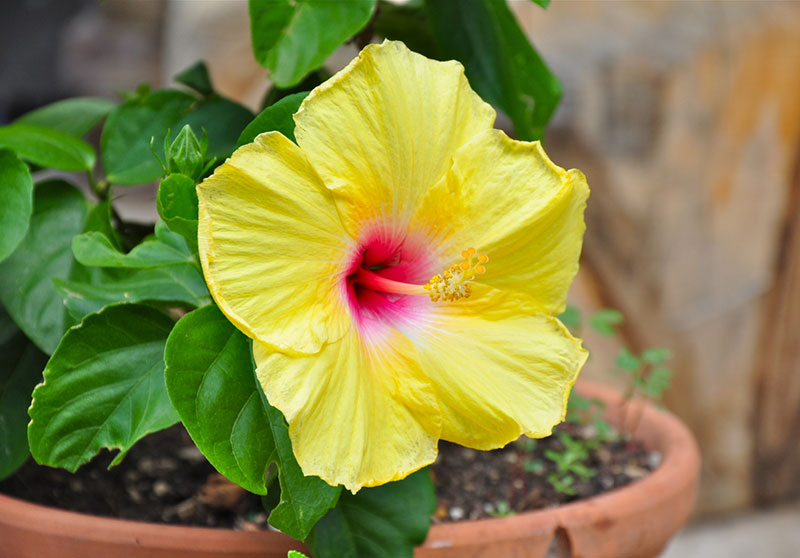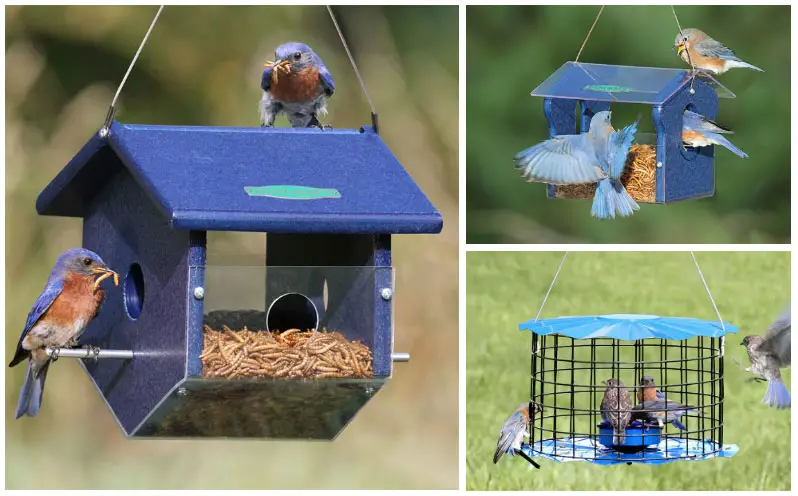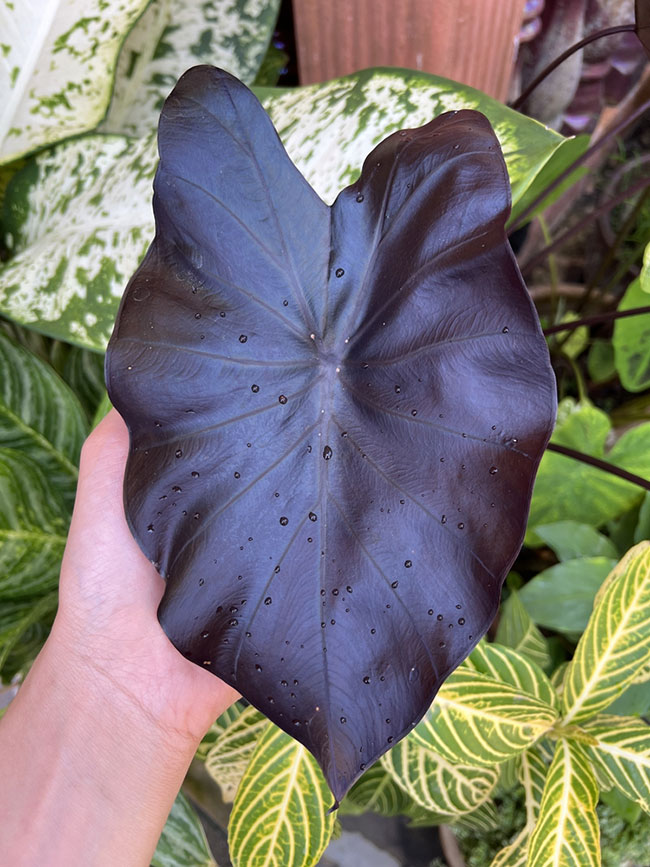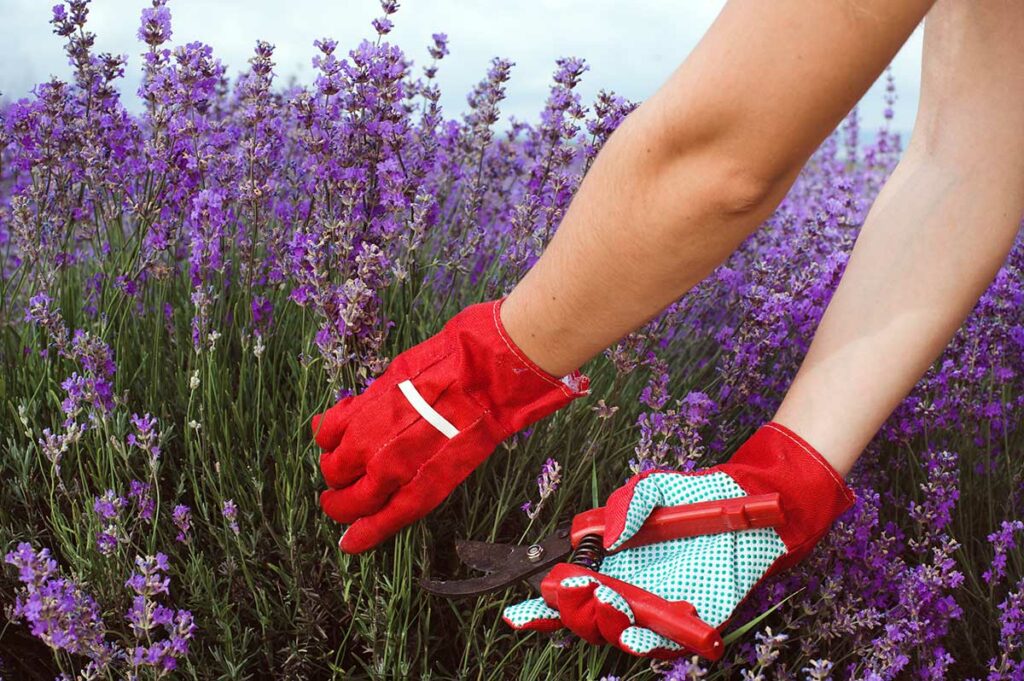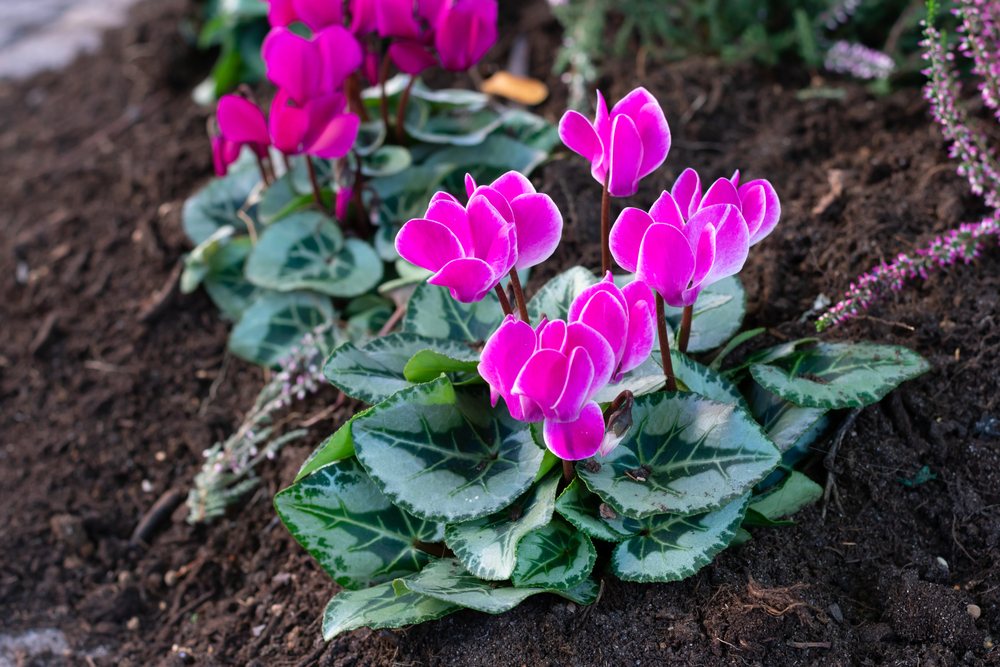
Snapdragons are beloved for their vibrant colors and unique flower shape. They make a beautiful addition to any garden, but to ensure their best health and appearance, it’s essential to know when and how to trim them back.
Pruning snapdragons at the right time encourages more blooms and promotes a longer flowering period.
While some gardeners might be hesitant to cut back their snapdragons, doing so can improve the overall health of the plant. Understanding the proper techniques for pruning and seasonal care can make a big difference in your garden’s look and feel.
With a few simple steps, your snapdragons can be kept healthy and thriving, providing you with beautiful blooms for months on end.
Key Takeaways
- Pruning snapdragons at the right time promotes more blooms
- Proper techniques are important for healthy plants
- Seasonal care helps maintain a beautiful garden
When to Cut Back Snapdragons
Snapdragons are beautiful, vibrant flowering plants that bring joy to any garden. To keep them looking their best, it’s important to know when to cut them back. In general, there are three key times to cut back your snapdragons:
- After they finish blooming: Once the blooming period is over, usually in late spring or early summer, cut back your snapdragons by about half their height. This will encourage new growth and a second bloom later in the season.
- In late summer or early fall: As the weather begins to cool, cut back your snapdragons once again, this time by a third or half of their height. This will stimulate further growth, giving your plants a thicker, bushier appearance and possibly leading to additional blooms.
- In winter: If you live in a region with freezing temperatures, you’ll want to protect your snapdragons from the cold. Before the first harsh frost, cut back your plants to about 4-6 inches above the ground, and cover them with a layer of mulch to help insulate them.
When cutting back your snapdragons, make sure to use clean, sharp pruning shears. This will help prevent the spread of disease and ensure a clean, healthy cut. Additionally, always trim away any dead or yellowing leaves or stems, as these can attract pests or cause disease in your plants.
By following these guidelines, you’ll keep your snapdragons looking fresh and vibrant, helping to ensure a stunning display in your garden throughout the seasons.

Pruning Techniques
Pinching
To encourage bushier growth and more flowers, you can use the pinching technique. Gently pinch the tips of your snapdragon stems between your thumb and forefinger, removing about half an inch of growth. It’s best to start pinching when the plants are about 6 inches tall and continue throughout the growth season.
Deadheading
To extend the blooming period and keep your snapdragons looking neat, practice deadheading. Whenever you notice faded or wilted flowers, use your fingers or a pair of clean, sharp pruning shears to snip off the spent blooms just below the flower head. By removing these spent blooms, you’ll encourage your snapdragons to produce more flowers and prevent seed formation.
Cutting Back
Cutting back is essential to prepare your snapdragons for next season’s growth. Towards the end of the flowering season, cut back your snapdragons by about 1/3 to 1/2 of their height, removing any remaining blooms and spent stems. Don’t be afraid to trim them back; this will help rejuvenate the plants and promote healthy, vigorous growth for the next blooming season. Make sure to remove any debris, such as dead leaves and stems, from the area around your snapdragons, as this can help prevent diseases and pests.
Seasonal Care

Spring Care
In spring, prepare your garden bed by loosening the soil and mixing in organic matter, such as compost. Plant your snapdragon seedlings about 6 to 12 inches apart, depending on the variety. Water them consistently until they establish a root system. Apply a balanced fertilizer to nourish the newly planted snapdragons.
Summer Maintenance
During summer, regularly check for signs of pests, such as aphids, and treat them with appropriate measures. Keep your snapdragons well-watered, providing about 1 inch of water per week. Deadhead the spent flowers to encourage more blooming, and cut back any leggy stems to maintain a compact shape.
Fall Preparation
As fall arrives, continue to deadhead your snapdragons to prolong their blooming season. Reduce watering to prevent root rot, but don’t let the soil become too dry. If you wish to collect snapdragon seeds, wait until the seed pods turn brown, and harvest them before the pods split open.
Winter Protection
In colder climates, protect your snapdragons with a layer of mulch or straw. Covering them with a frost blanket can also help insulate and safeguard them from harsh winter conditions. In milder climates, snapdragons may continue to bloom throughout winter, so simply maintain proper care during this time.

